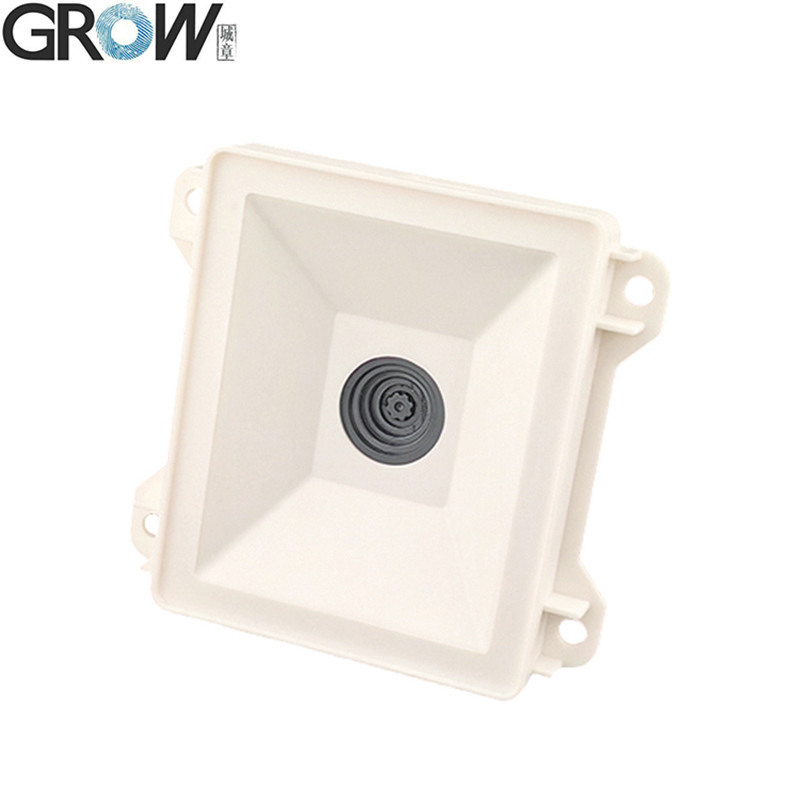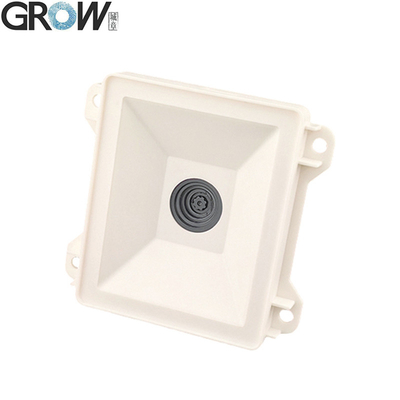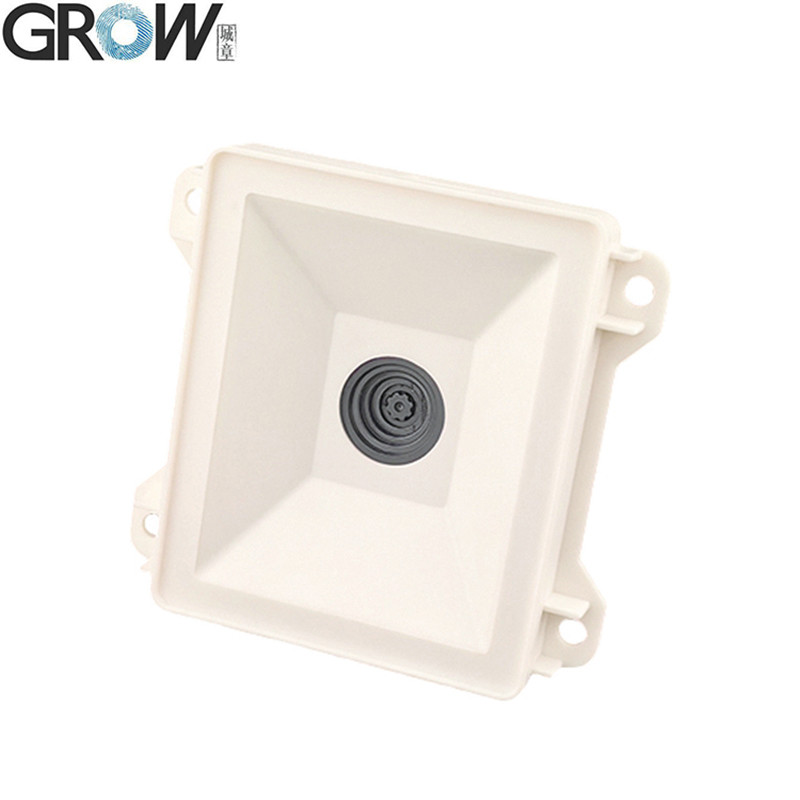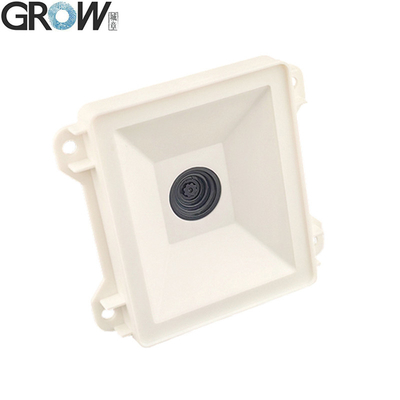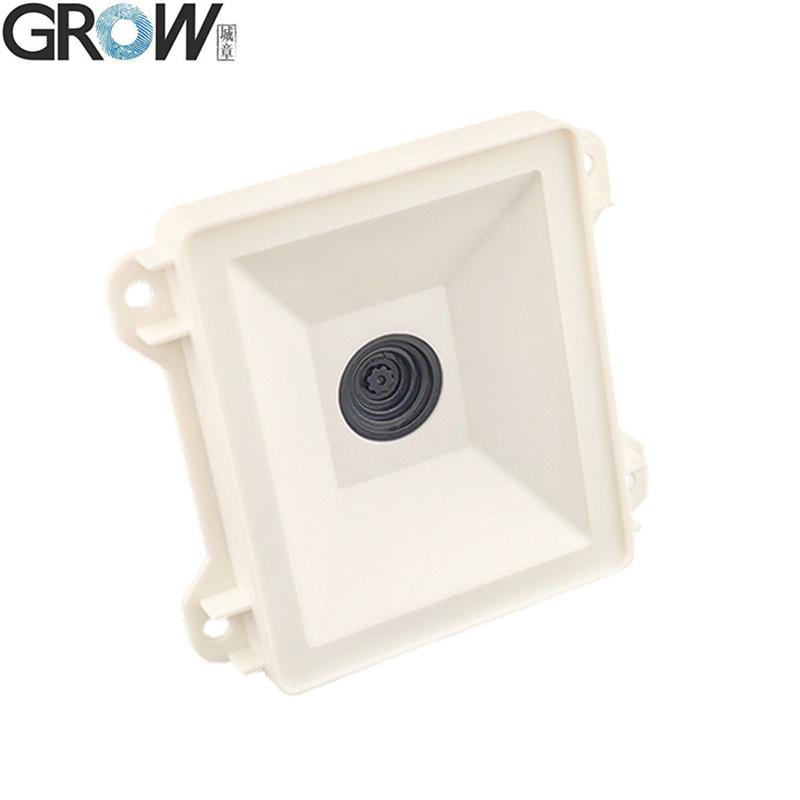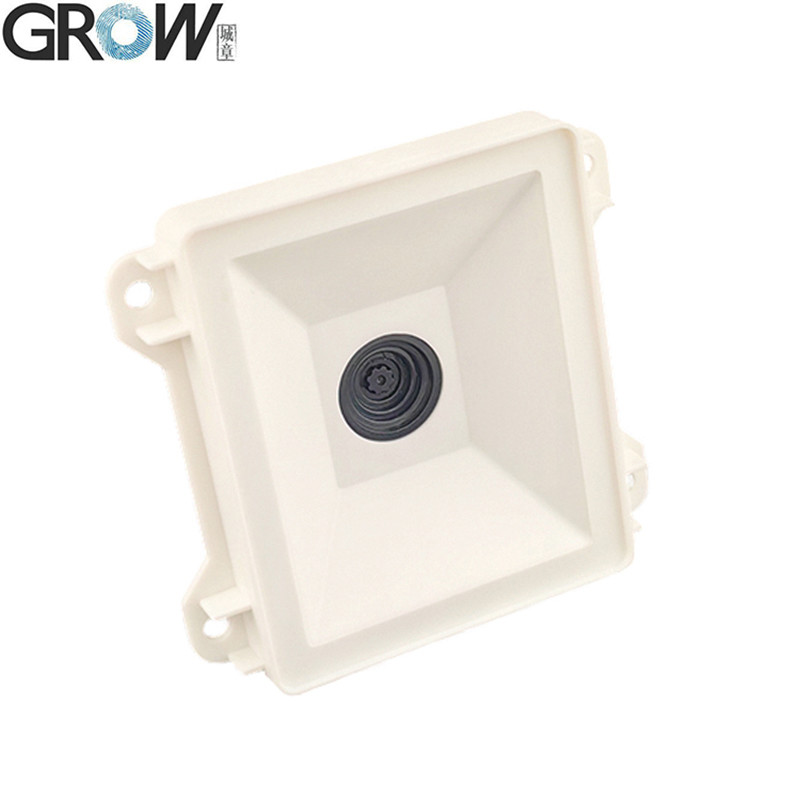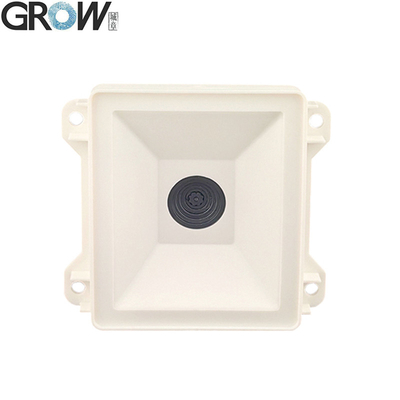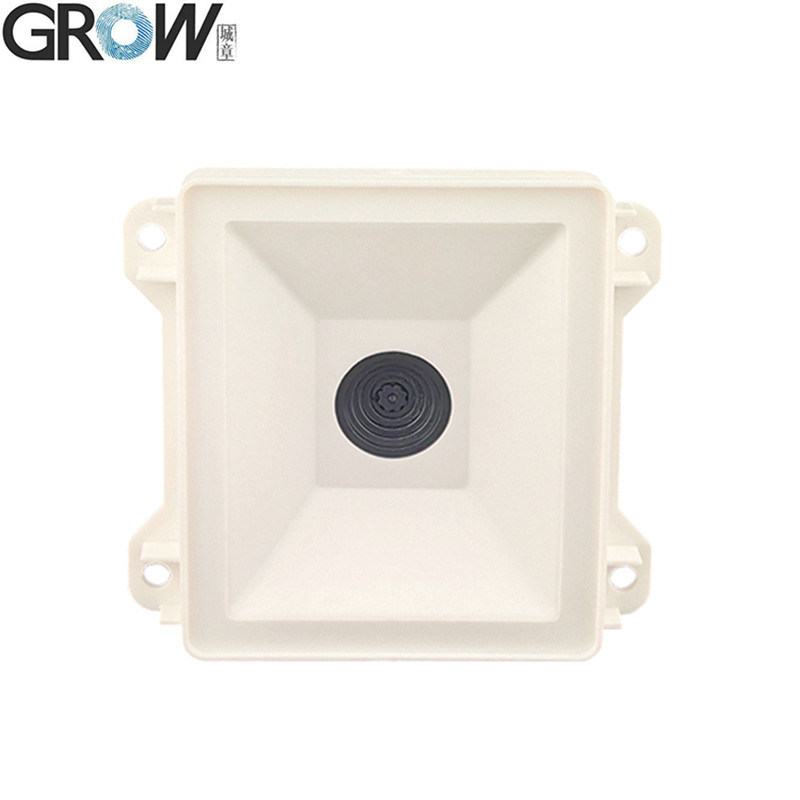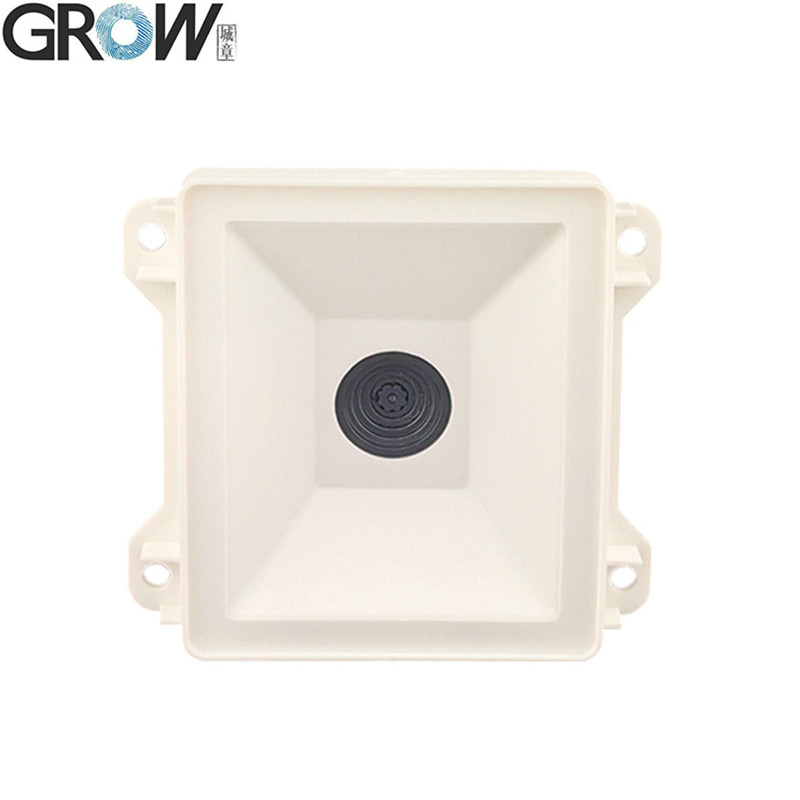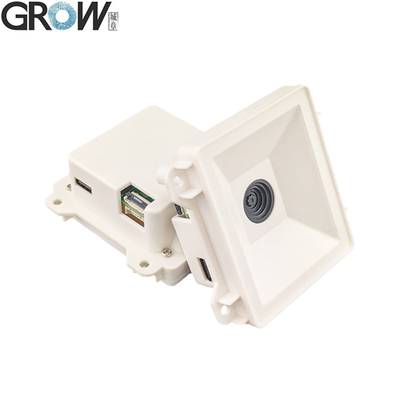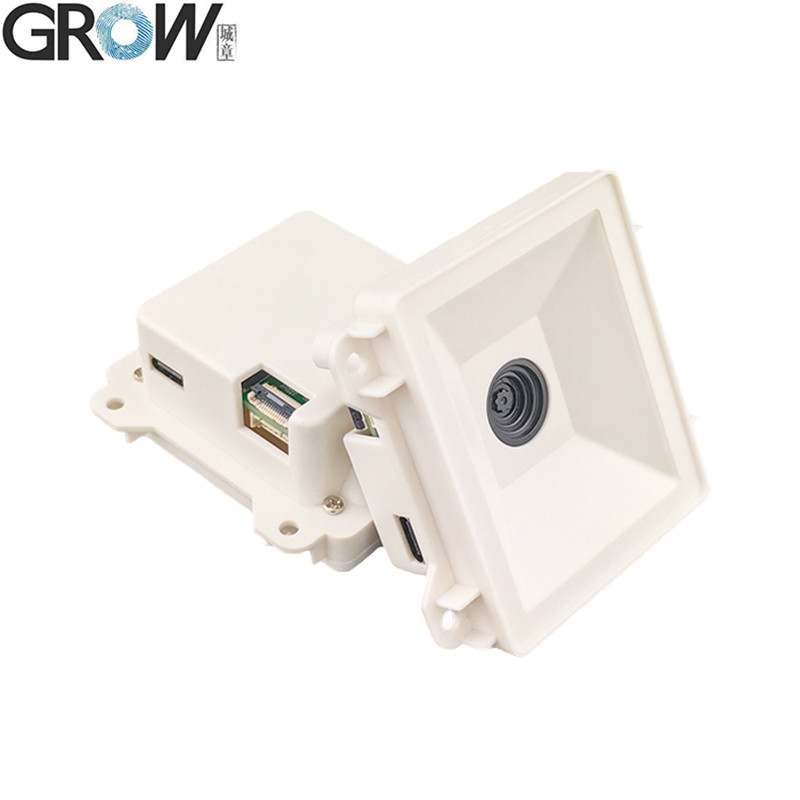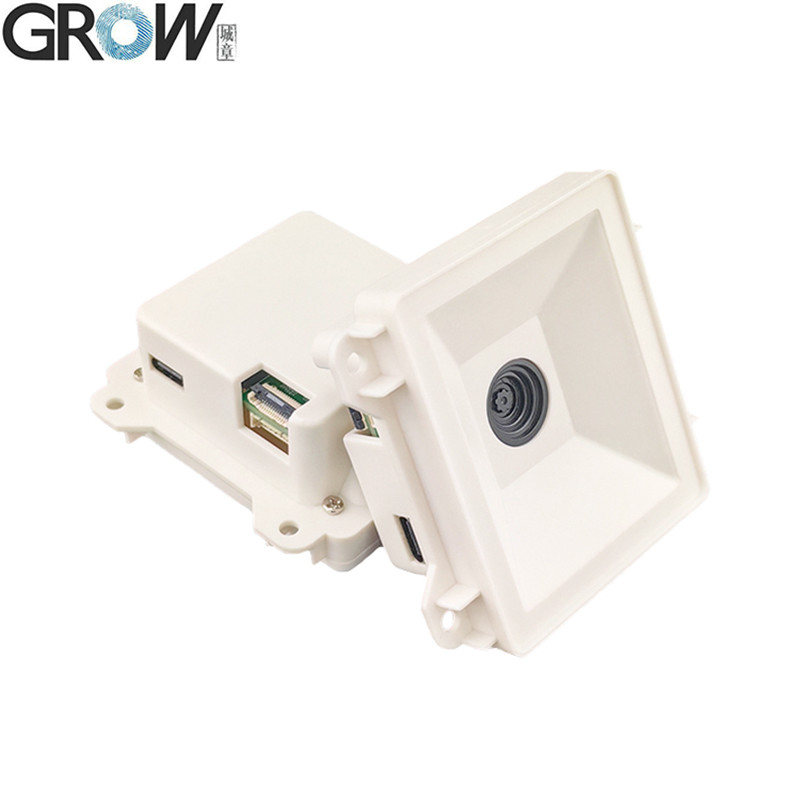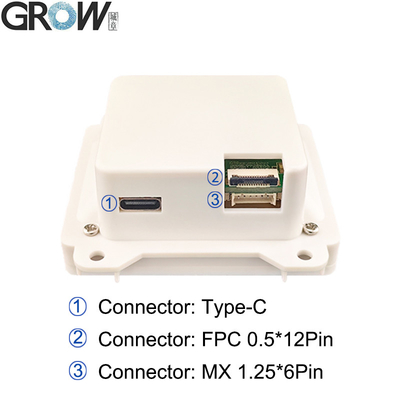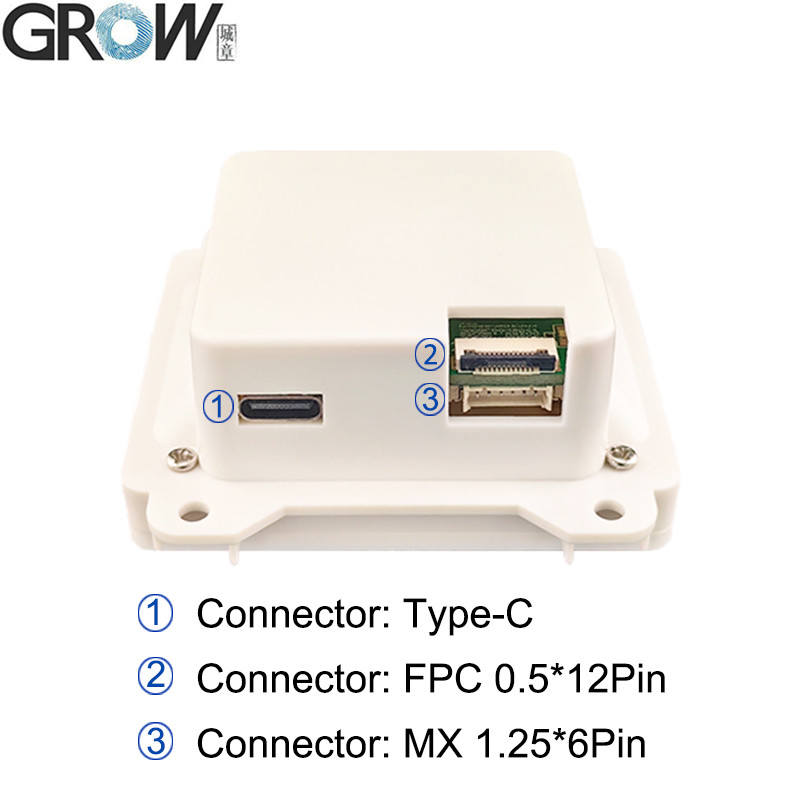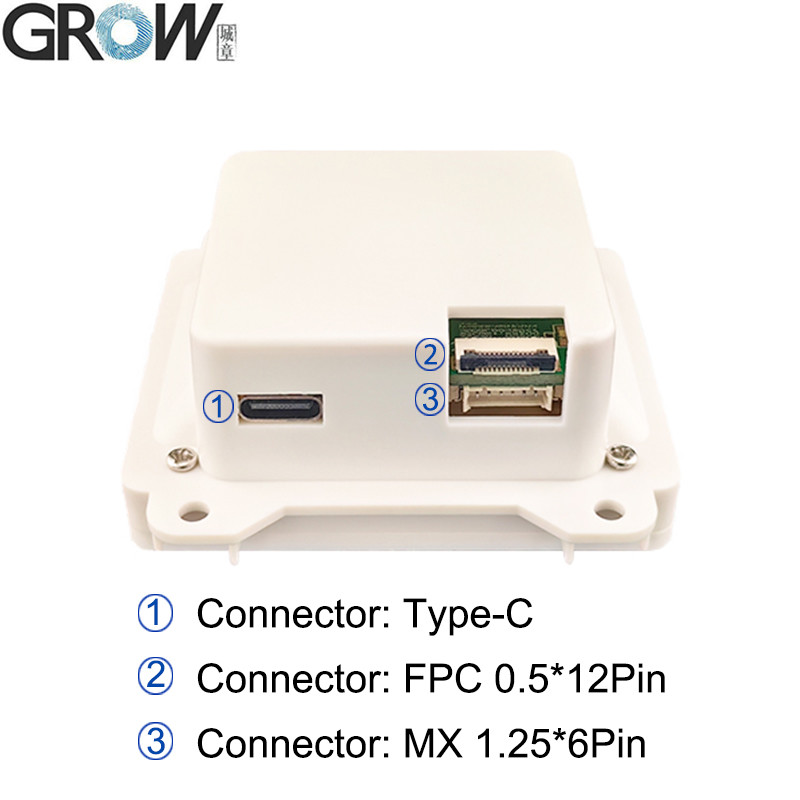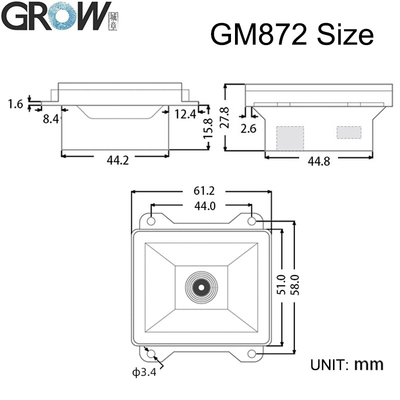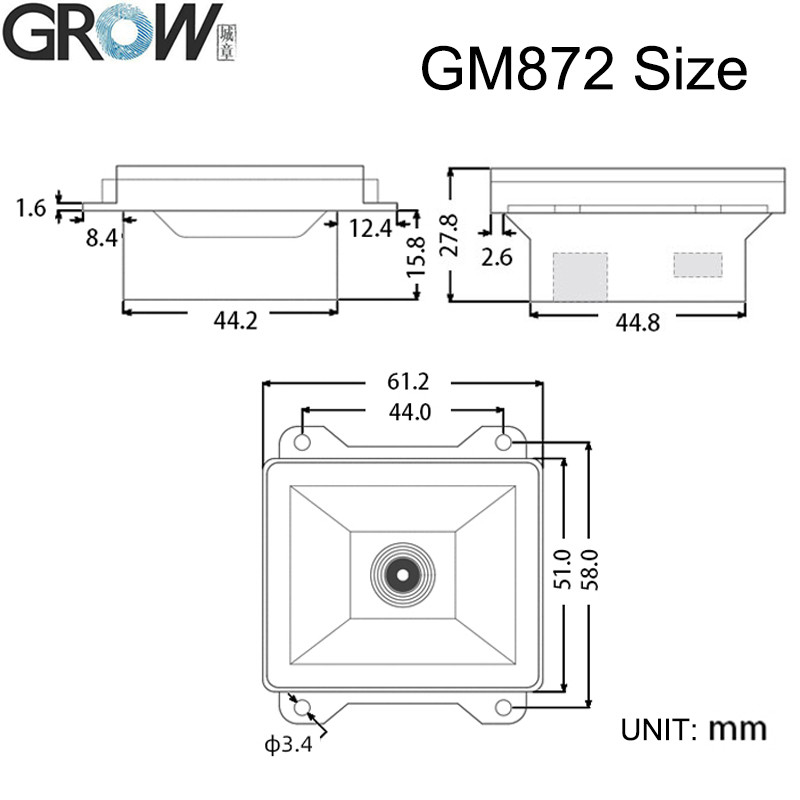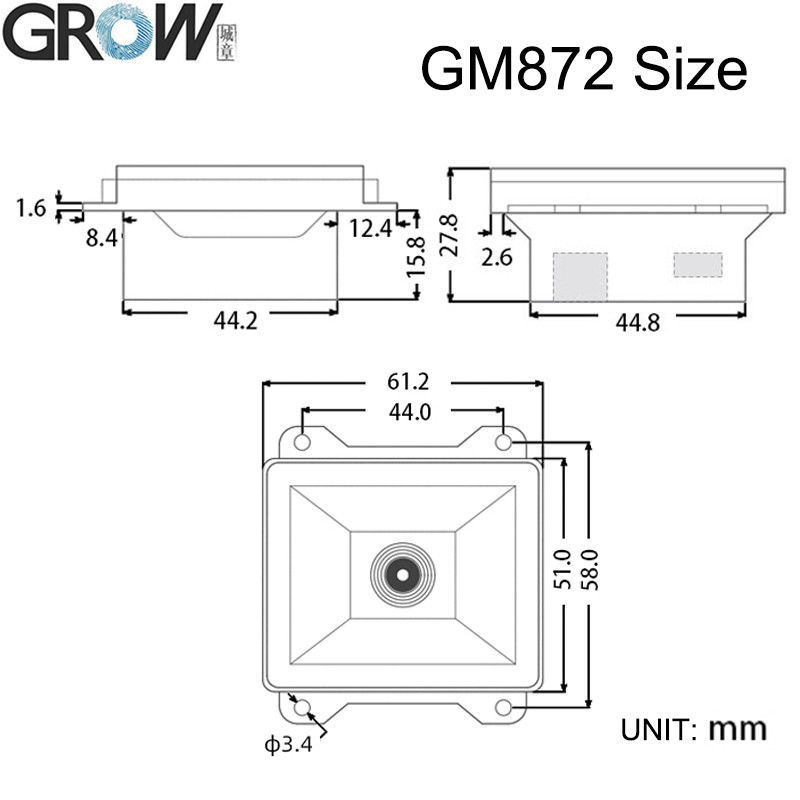1. USB wired barcode scanner to capture 1D, 2D code on labels, paper, mobile phone or computer.
2. High-efficiency recognization and high upload speed for improving your working efficiency.
3. With buzzer for reminding you that the scanning successfully or not.
4. Compatible with UART interface.
5. Over 180 configurable options
6. Macro support replace a string in the bar code with another
7. Programmable preamble postamble and termination strings
8.Superior reading performance utilizing advanced decoding algorithms
Specifications
|
Parameter
|
Performance
|
|
Sensor
|
CMOS
|
|
Scan Mode
|
640*480
|
|
Lighting
|
White LED
|
|
Reading Success Light
|
Blue LED
|
|
Read Code Type
|
1D: EAN-13, EAN-8, UPC-A, UPC-E,ISSN, ISBN, CodaBar,Code 128,
Code93, ITF-14, ITF-6, Interleaved 2 of 5, Industrial 2 of 5,Matrix 2 of 5, Code 39,Code 11, MSI-Plessey,GS1 Composite,GS1-Databar (RSS)
|
|
2D: QR Code, Data Matrix, PDF417, Micro QR, Micro PDF417, Aztec
|
|
Reading Distance
|
5-30cm
|
|
Contrast*
|
>25%
|
|
Scan Angle**
|
Roll: 360° Pitch: 65° Yaw: 65°
|
|
Viewing Angle
|
67° (Horizontal) 53° (Vertical)
|
|
Accuracy of reading*
|
≥10mil
|
Mechanical/electrical Parameters:
|
Parameter
|
Performance
|
|
Interface
|
TTL-232/USB
|
|
Size(mm)
|
61.2 x 58 x 22.7mm
|
|
Weight
|
32.5 g
|
|
Prompting mode
|
Buzzer LED Indicator
|
|
Operating Voltage
|
5V
|
|
Operation Current
|
<70mA
|
|
Standby Current
|
≤6mA(Typical)
|
|
Startup time
|
≤250mS (Typical)
|
Environmental Parameters:
|
Parameter
|
Performance
|
|
Operating temperature
|
-20ºC~60ºC
|
|
Storage Temperature
|
-40ºC~+70ºC
|
|
Operating Humidity
|
5%~95%(Non-Condensing)
|
|
Environmental Light
|
Normal indoor light source
|
|
Fall
|
Withstand 1.2 m drop on concrete floor (50 times 1.2 m drop on concrete floor repeatedly)
|
Files
·Provide User Manual
·CE Certificate
Select suitable barcode scanning engine integration solutions for various self-service systems
Driven by digital transformation, self-service systems have become an important tool for improving service efficiency and optimizing user experience. As the core component of self-service systems, when selecting suitable barcode scanning engine integration solutions for various self-service systems, multiple dimensions need to be carefully considered to ensure efficient system operation and optimized user experience. Here are a few key steps:
Firstly, it is necessary to clarify the specific application scenarios of the self-service system, which is the starting point for choosing a barcode scanning engine. Due to the widespread application of self-service systems in various industries such as retail, healthcare, transportation, and catering, the demands and environments of each industry vary significantly. For example, self checkout systems in the retail industry require scanning engines to quickly and accurately identify barcodes of various products, while self registration systems in the medical field require stable reading of barcode information on ID cards or medical insurance cards.
Secondly, scanning speed and accuracy are important indicators for measuring the performance of barcode scanning engines. In self-service scenarios, users expect quick and error free operations, therefore, scanning engines need to have the ability to quickly capture and parse barcodes to ensure smooth processes. At the same time, it also needs to maintain stable recognition accuracy under complex lighting conditions, such as strong light, low light, or reflective environments.
Furthermore, the compatibility and scalability of barcode scanning engines are equally important. The self-service system needs to support multiple barcode formats, including one-dimensional and two-dimensional codes, to meet the diverse needs of different users. In addition, considering the continuous advancement of technology, the selected scanning engine should have high compatibility and scalability, reserving space for possible system upgrades and functional extensions in the future.
Durability and ease of use are also important considerations that cannot be ignored. Given that self-service systems are often deployed in public places and are susceptible to challenges such as dust, moisture, and physical impact, the scanning engine needs to have excellent durability and protection levels to ensure long-term stable operation. At the same time, its design should be intuitive and simple, easy for users to quickly grasp, and reduce training costs.
Finally, the quality of technical support and after-sales service is also one of the decisive factors. A trustworthy scanning engine supplier should be able to provide timely and effective technical support and maintenance services to ensure the continuous and stable operation of the equipment. When selecting, the supplier's technical support and after-sales service capabilities can be comprehensively evaluated based on their market reputation, customer evaluation, and historical performance.
In summary, when selecting a suitable barcode scanning engine integration solution for various self-service systems, it is necessary to comprehensively consider multiple aspects such as application scenarios, performance requirements, compatibility, scalability, durability, usability, as well as technical support and after-sales service.

 Your message must be between 20-3,000 characters!
Your message must be between 20-3,000 characters! Please check your E-mail!
Please check your E-mail!  Your message must be between 20-3,000 characters!
Your message must be between 20-3,000 characters! Please check your E-mail!
Please check your E-mail! 

